Top 8 Machine Learning Algorithms
Data Science Dojo
JULY 15, 2024
K-Nearest Neighbors (KNN): This method classifies a data point based on the majority class of its K nearest neighbors in the training data. Support Vector Machines (SVM): This algorithm finds a hyperplane that best separates data points of different classes in high-dimensional space. accuracy).


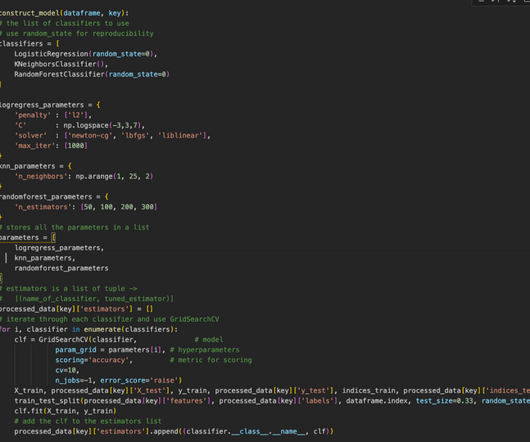

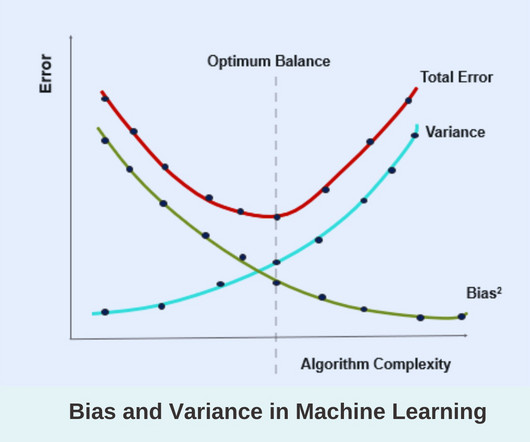
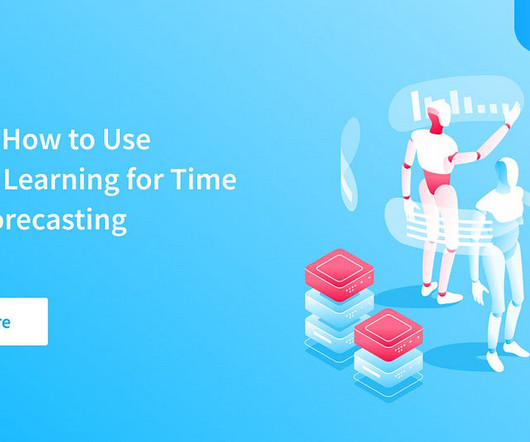
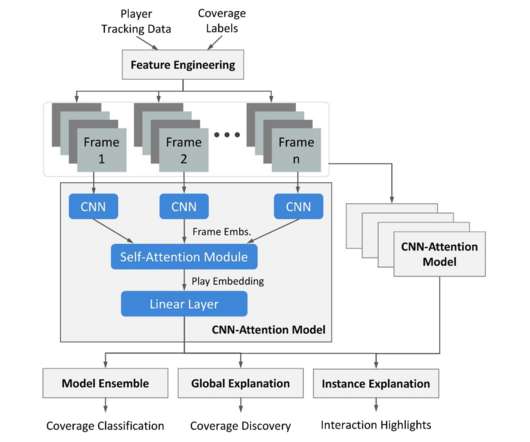
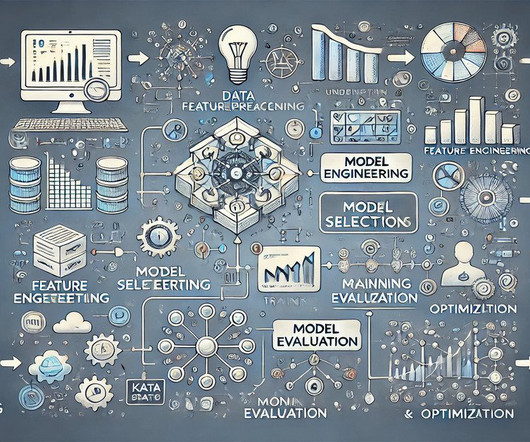
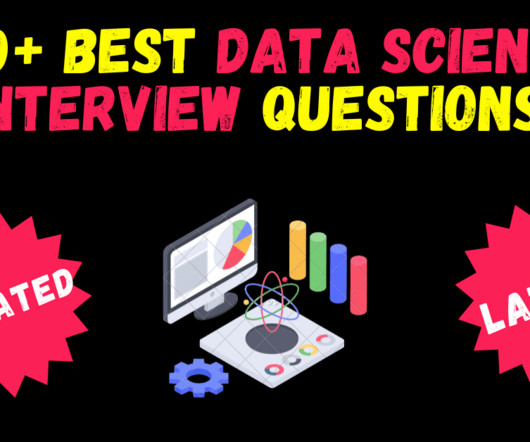
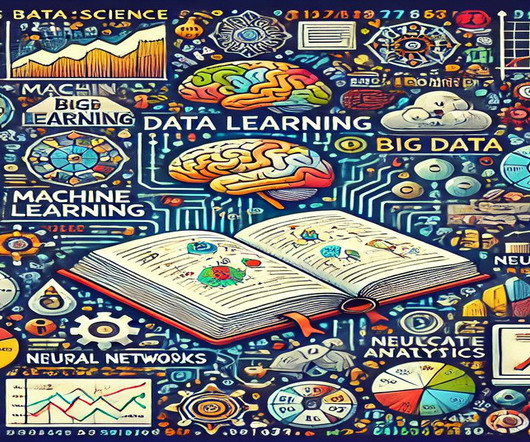






Let's personalize your content